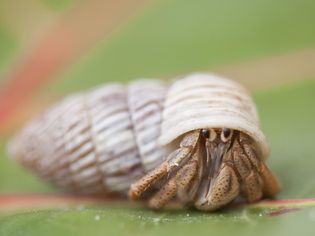Understanding Flea Allergy Dermatitis in Cats: Prevention and Treatment Options

Flea allergy dermatitis (FAD) ranks as the most common itchy skin disease in cats. Even a single flea bite can trigger intense allergic reactions, resulting in hair loss, lesions, and secondary infections. I’m Dr. Sarah Lawson, a board-certified veterinary dermatologist, and I’ll walk you through identification, prevention, and modern treatment options.
1. Recognizing FAD Symptoms
Intense Scratching & Biting: Often focused at the base of the tail, flanks, and abdomen.
Miliary Dermatitis: Small crusted papules along the back.
Overgrooming & Alopecia: Resulting in bald patches and red skin.
2. Diagnosing FAD
Your vet will perform skin scrapings and flea comb tests. Even if fleas aren’t seen, positive response to treatment confirms diagnosis.
3. Preventive Measures
Year-Round Topicals or Oral Preventives: Ingredients like fipronil, selamectin, or fluralaner.
Environmental Control: Wash bedding weekly, vacuum carpets, and use household flea sprays labeled for cats.
4. Treatment Protocols
Immediate Relief: Corticosteroids or oclacitinib to control itching.
Long-Term Control: Rotate between approved flea products to prevent resistance.
Adjunctive Therapies: Omega-3 supplements and medicated shampoos to restore skin barrier.
5. Managing Secondary Infections
Bacterial or yeast overgrowth often complicates FAD. Topical antimicrobials and oral antibiotics/antifungals may be required.
6. Holistic & Supportive Care
Hypoallergenic diets, probiotics, and environmental enrichment reduce overall allergic load.
Conclusion
FAD can be effectively managed with a combination of vigilant prevention, prompt treatment, and supportive care. Early intervention spares your cat discomfort and serious complications.









Comments on "Understanding Flea Allergy Dermatitis in Cats: Prevention and Treatment Options" :